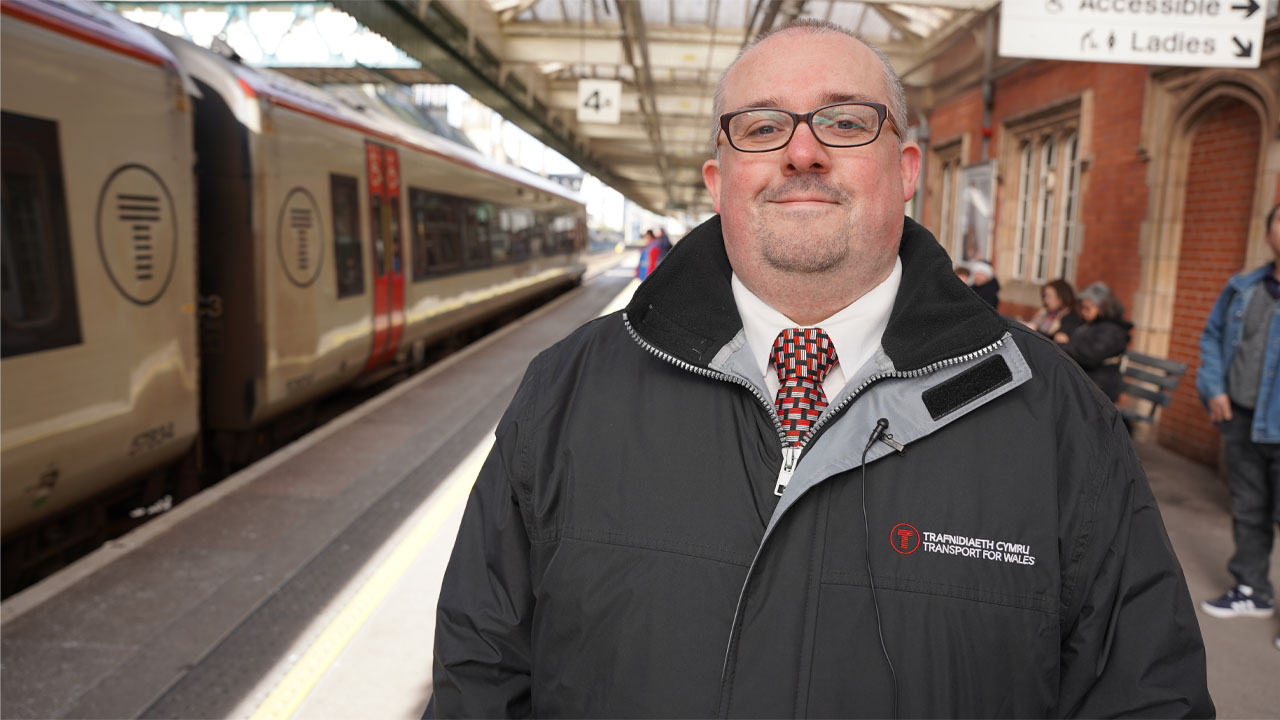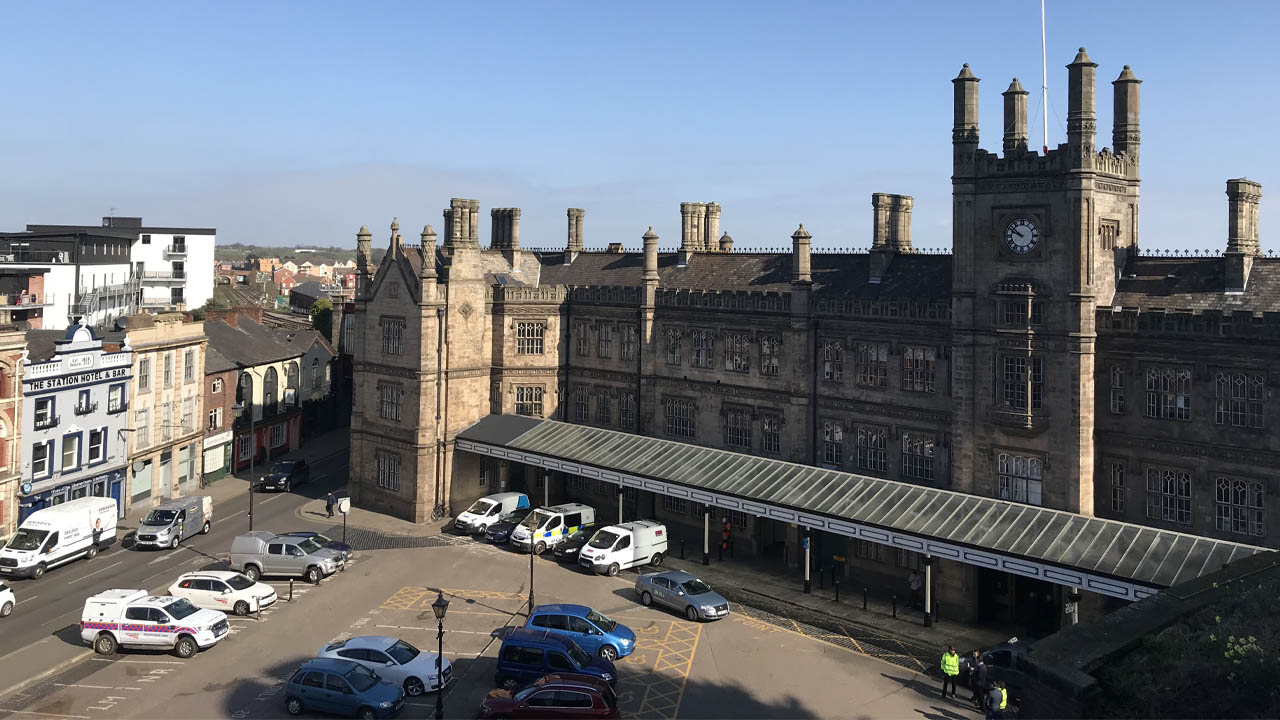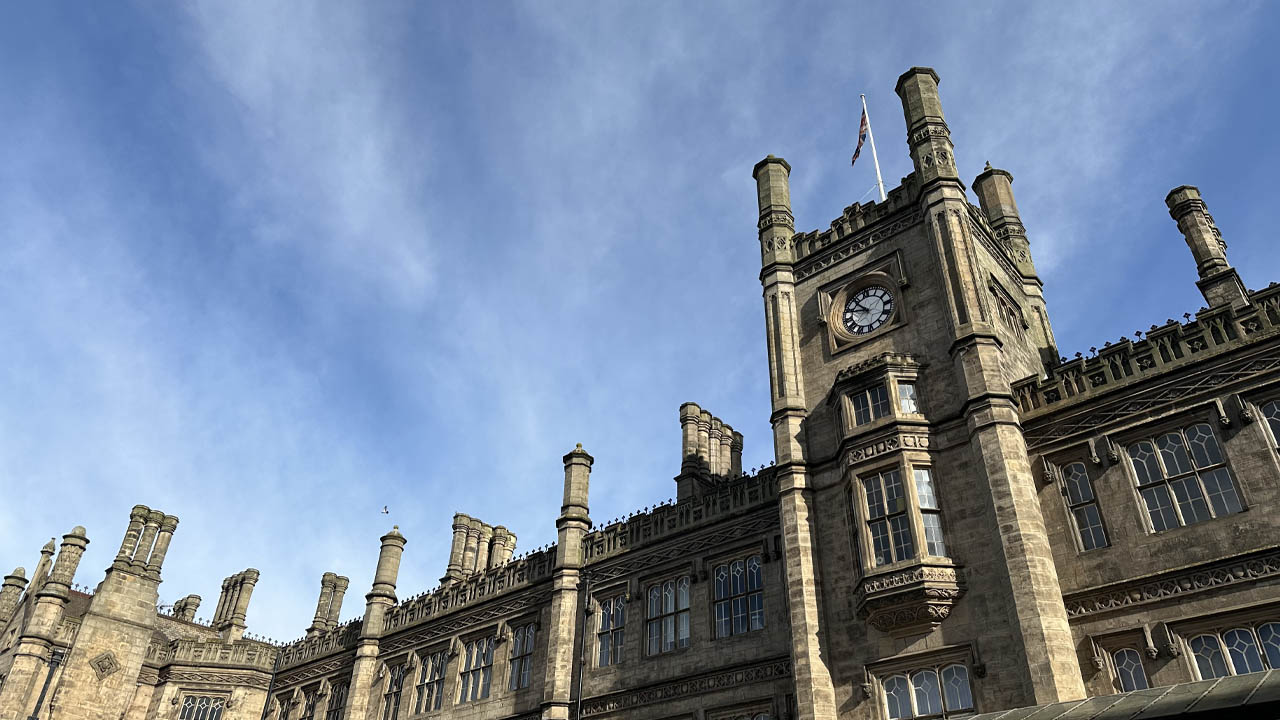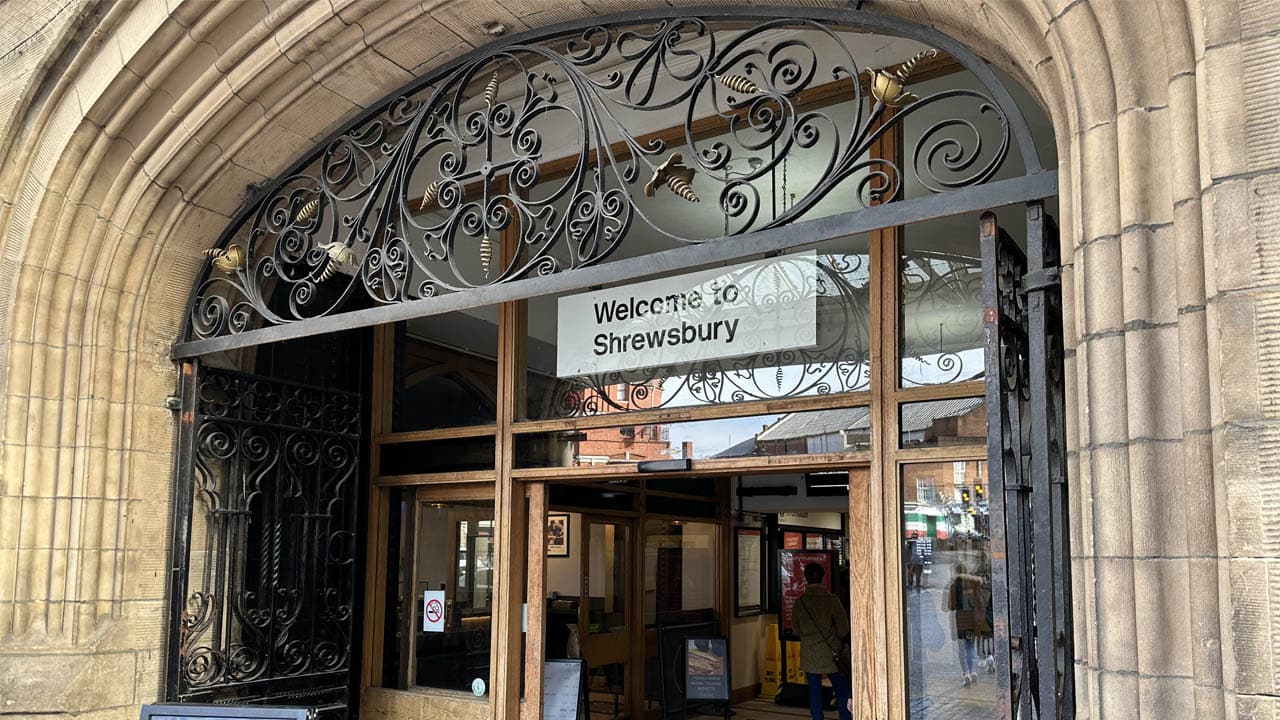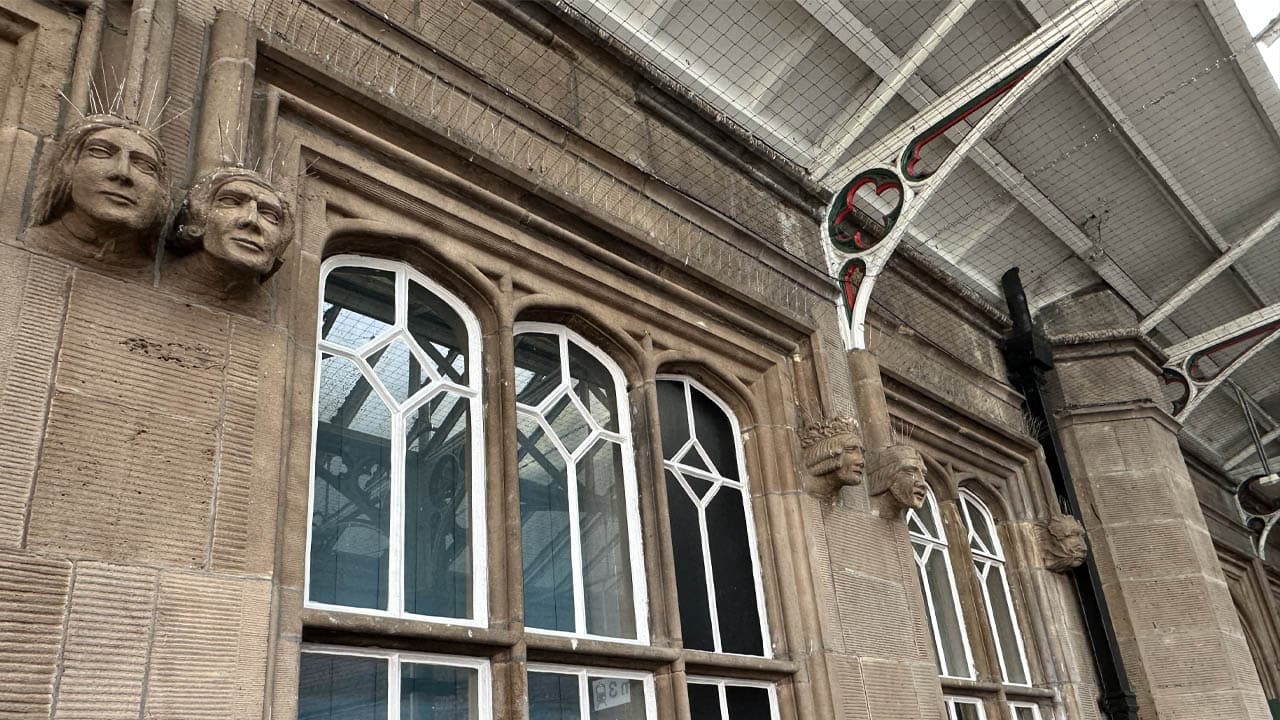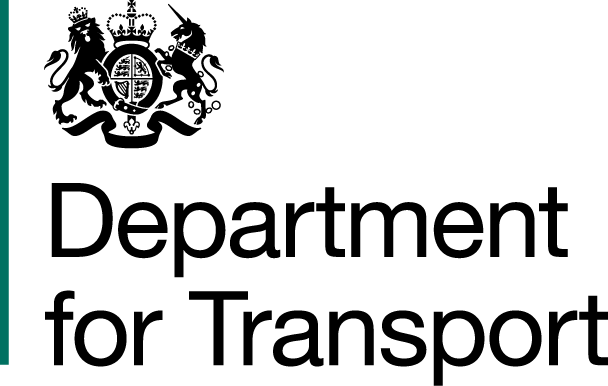My Railway 200 story - Ed Crane
“IT feels like a castle and one day I’d love to pass it on to my daughter.”
So says Ed Crane, a member of Transport for Wales’ catering team with a fascinating connection to Shrewsbury Railway Station.
As part of Railway 200, Ed is proud to share his story and connection to the station and rail industry of the county.
Having joined the team in 2019, keen genealogist Ed began looking into the history of the remarkable building.
“I knew we related to the Penson family on my mother’s side,” said Ed, 38, who currently works as a porter.
“But when I started digging deeper I discovered Thomas Mainwaring Penson, my great, great, great, great, great, great uncle, was the man who designed the station in 1848/49.
“And when I was going up to the offices I had an even bigger shock when I saw a plaque to my great, great uncle Ted Crane who worked at the station and was one of the first 50,000 to fight at the battle of the Somme.
“My mother’s grandfather was also a driver for British Rail and my paternal grandfather was a fireman on engines too so there’s a massive family connection.”
Thomas Mainwaring Penson was born in Oswestry and followed in his father’s footsteps as an architect, surveyor and designer. He would go on to work with some of the titans of the industrial revolution including Thomas Brassey and Isambard Kingdom Brunel.
Playing a crucial part in the development of the railway between Chester, Shrewsbury and the Marches he would design no less than six railway stations including Gobowen, Ruabon and Church Stretton stations.
But it was Shrewsbury General Station that would stand out as his crowning glory. Built in a Victorian mock Tudor gothic style, the frontage includes crenelations and gargoyles, matching many other key buildings in the town at the time, notably Shrewsbury school.
His designs were turned into reality by the great rail contractor Thomas Brassey. Interestingly the station was initially the top two floors, with what is now the ground level entrance not added until 1899.
The gargoyles include heads of important Tudor and medieval men and women includes one of Sir Henry Percy, one of the chief protagonists of the Battle of Shrewsbury. The heads also include the Salopian leopards, known as “loggerheads”.
“It really is worth spending a bit of time there and looking up at what’s above you on the building because it’s fascinating,” added Ed.
“It does feel like a castle and one day I’d love to pass it on to my daughter if she’s interested in working for the railway.
“Working here I’ve come to realise you build up a true railway family. Not just biological family or people who have married in but the people you collect along the way.
“Of course it’s about looking forward as well as back and I hope the next 200 years sees the railway grow from strength to strength as people choose more sustainable ways to get about and visit our beautiful town.”
Over the years the number of stations in Shrewsbury reduced until the Shrewsbury was the only one left. It is not clear exactly when the “General” prefix was dropped with the station just being referred to as “Shrewsbury” as early as 1905.
Dr Louise Moon, who is Railway 200 Programme Lead for Transport for Wales said: “People like Ed really bring Railway 200 to life with fascinating stories of connections to stations and lines.
“His knowledge of the station and passion for its past and future show that we should celebrate our past but also look ahead to how the railway we’ve inherited can work for current and future generations, inspiring interest in the industry through learning more.
“Shrewsbury station has such a long and fascinating history and we hope to share more of this with everyone later this year.”
